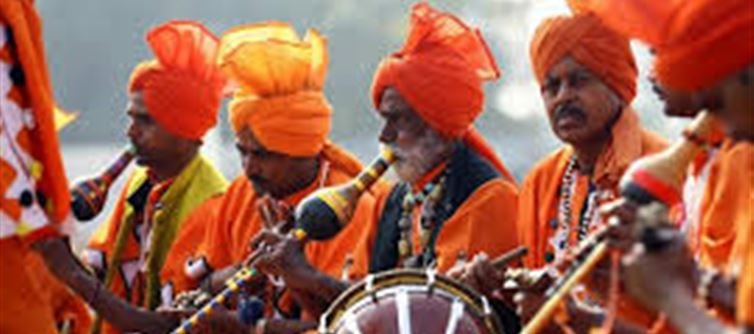
Music in india is more than entertainment—it is culture, tradition, and identity. Each region contributes its own rhythm, instruments, and styles, making India’s musical landscape one of the most diverse in the world. From centuries-old ragas to village folk songs and contemporary fusions, here’s how indian music beautifully varies across regions.
1. North indian Classical – The Hindustani Tradition
- Region: Uttar Pradesh, Delhi, Rajasthan, and beyond.
- Style: Hindustani classical music is built on ragas (melodic frameworks) and talas (rhythmic cycles).
- Key Instruments: Sitar, sarod, tabla, shehnai.
- Speciality: Vocal traditions like Dhrupad and Khayal alongside devotional bhajans and qawwalis.
👉 Known for its improvisation and depth, Hindustani music has global audiences.
2. South indian Classical – The Carnatic Legacy
- Region: tamil Nadu, Karnataka, Andhra Pradesh, Kerala.
- Style: Carnatic music emphasizes composed pieces and devotional lyrics, often dedicated to gods and goddesses.
- Key Instruments: Veena, mridangam, violin, flute.
- Speciality: Complex rhythmic patterns and compositions like kriti and varnam.
👉 Carnatic concerts are as much about discipline and precision as they are about devotion.
3. Folk music – The Voice of the Villages
- Region: Every corner of india has its folk sound.
- Examples:
4. Modern Fusion – tradition Meets Trend
- Bollywood Music: The biggest unifier of india, blending classical, folk, and Western styles.
- Indie & Fusion Bands: Groups like indian Ocean, raghu Dixit Project, and Coke Studio mixes.
- Electronic & Global Influences: DJs now sample ragas and folk tunes into modern tracks.
👉 Fusion represents a younger India—rooted in tradition but open to global sounds.
✨ Takeaway:
- Classical music preserves the ancient discipline of ragas and rhythm.
- Folk music keeps alive the stories of communities and villages.
- Modern fusion connects the old and the new, making indian music relevant across generations.
Together, these layers form India’s musical mosaic, where every region adds its own beat to the nation’s symphony.
Disclaimer:
The views and opinions expressed in this article are those of the author and do not necessarily reflect the official policy or position of any agency, organization, employer, or company. All information provided is for general informational purposes only. While every effort has been made to ensure accuracy, we make no representations or warranties of any kind, express or implied, about the completeness, reliability, or suitability of the information contained herein. Readers are advised to verify facts and seek professional advice where necessary. Any reliance placed on such information is strictly at the reader’s own risk..jpg)




 click and follow Indiaherald WhatsApp channel
click and follow Indiaherald WhatsApp channel